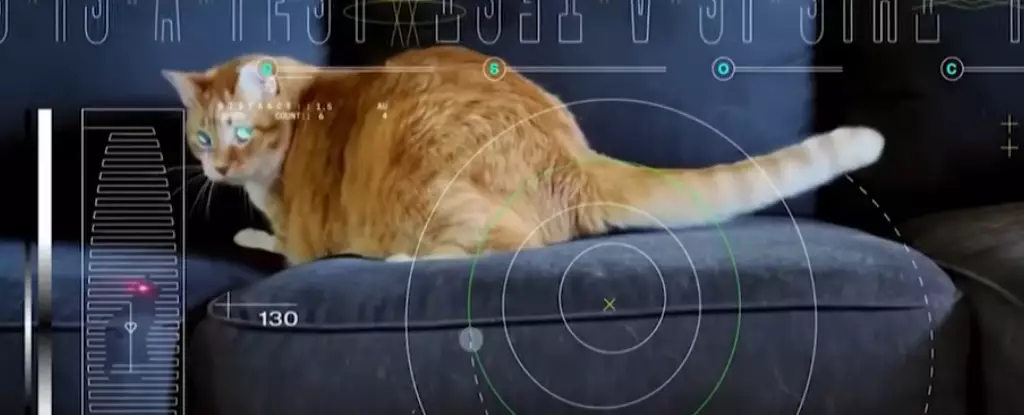In the world of space exploration, the methods of communication have evolved drastically since the days when ships used Morse code and lanterns to signal each other across vast distances. With advancements in technology, NASA has embarked on an ambitious mission to communicate with Psyche, a metal-rich asteroid located in the main belt of our solar system. Unlike those historic methods, the communication employed in this mission utilizes laser technology, demonstrating a significant leap in our capability to transmit data across space. This approach is not only innovative but paves the way for future deep space exploration and communication.
Psyche’s mission is equipped with a specialized laser transceiver specifically tuned to infrared light frequencies, a considerable departure from traditional radio frequency communications. This sophisticated equipment allows for higher data transfer rates, an important advantage considering the challenges posed by vast distances. For instance, during the mission’s initial phase of testing, Psyche managed to achieve astonishing data transmission speeds of 267 megabits per second when it was approximately the distance of Mars from Earth. This capability is not merely a numbers game; it represents the possibility of transmitting high-bandwidth data, including intricate scientific information and sophisticated imaging, back to Earth.
The implications of using higher frequency lasers are profound. They enable bursts of information to be sent with greater fidelity and speed, thus making real-time communication over astronomical distances much more feasible. Operating at such high frequencies allows the spacecraft to send much more substantial amounts of data compared to its predecessors, significantly bridging the gap in deep space communication.
NASA marked a formidable achievement in June when Psyche successfully reached a record distance of 390 million kilometers from Earth. Despite the drastic increase in distance, the spacecraft maintained a viable data link with a respectable rate of 6.25 megabits per second. Although slower than its peak rates, this transmission speed remains remarkably superior to conventional radio frequency communication systems operating under similar conditions. Notably, the decline in data rate follows a predictable pattern: as distance increases, the rate diminishes rapidly due to the inverse square law of propagation, a fundamental principle that governs the behavior of signals in space.
To celebrate its communication capabilities, NASA sent an intriguing piece of data—a short, ultra-high-definition video featuring a cat named Taters, playfully chasing a red laser pointer. While this might seem whimsical, it serves a dual purpose: it showcases the effectiveness and capacity of the communication system while simultaneously capturing the curiosity and engagement of the general public.
The Psyche mission is not merely a one-time event but a precursor to what could become standard practice for deep space missions. As we look toward the second phase of this groundbreaking experiment, slated to begin in November, the team will focus on verifying the functionality and resilience of the laser communication system over extended periods. The ultimate goal is to ensure that this cutting-edge communication method can remain operational for over a year before Psyche reaches its target asteroid in 2029.
NASA has implemented a backup radio frequency communication system on Psyche, guarding against potential failures in the laser system. This contingency plan reflects a prudent approach to safeguard vital communication lines, showcasing the dedication of NASA to ensure reliable communication at all costs.
The advancements demonstrated by the Psyche mission herald exciting prospects for future explorations. As communication technology progresses, we will see enhanced capabilities not just for data transfer but for real-time interactions with spacecraft, which could integrate autonomously within their explorative environments. Moreover, successful laser communication systems could be pivotal in the design of missions aimed at destinations even further away, pushing the horizon of exploratory frontiers.
NASA’s Psyche mission is not just a testament to human ingenuity in terms of engineering and technology, but it serves as an interactive bridge to the cosmos. As we unravel the mysteries of our solar system, this mission demonstrates that even the vast gulfs of space can be bridged through evolved methods of communication, fueling our quest for knowledge and understanding about the universe.

